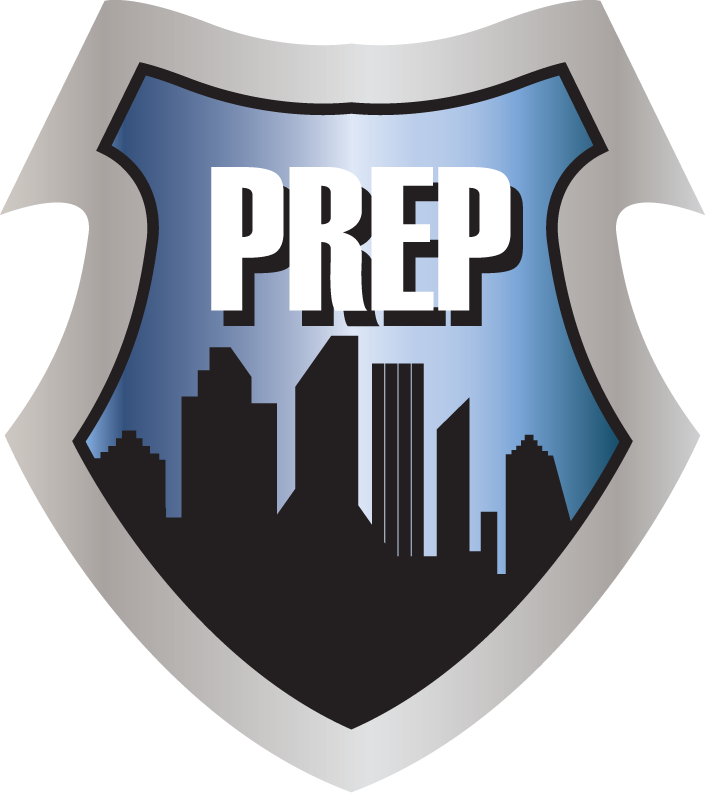How To Remove Soot After A Fire
 You may feel that you are in the clear once a fire in your home has been extinguished, but this isn’t necessarily the case. Putting out the fire certainly removes the immediate danger to your home and your family, however, it leaves behind smoke damage, ash, and soot, all of which can cause long term damage to the many surfaces it touches.
You may feel that you are in the clear once a fire in your home has been extinguished, but this isn’t necessarily the case. Putting out the fire certainly removes the immediate danger to your home and your family, however, it leaves behind smoke damage, ash, and soot, all of which can cause long term damage to the many surfaces it touches.
Soot is residue from burned materials which includes all kinds of fuels, such as paper, clothes, wood, furniture and more. All types of soot even in small concentrations are still very hazardous, and inhaling soot can lead to cardiovascular problems in people of any age or level of health.
The various types of soot that you may be dealing with, can vary depending on the materials that burned:
- Dry soot, or “dry smoke residues,” which originate from fires that burn fast and high (hot). Dry soot is usually powdery, and doesn’t smear. This type of soot is the easiest to remove.
- Wet soot, known as “wet smoke residues.” Wet soot is much harder to remove, and comes from fires which burn slow and low (such as a slow, smoldering fire) This kind of soot usually causes the strongest odors, as particles require moisture to transmit smell to our senses. The wet soot residue can also be sticky, and will smear on surfaces, causing more discoloration.
- Oily soot, or oily smoke residues.” These come from grease fires, fuel, and burning plastic. Food severely burned on a stove can also cause a strong very offensive odor throughout the property, and much like wet soot, it is difficult to remove, and smears easily.
Dry soot can either be removed by a professional disaster recovery contractor, or by yourself if you have access to a HEPA filter vacuum and appropriate breathing masks and other personal protective equipment (PPE). Remember, regular vacuum cleaners won’t be appropriate for the job; the last thing you’ll want is to reintroduce those soot particles into the air.
For wet soot, oily soot, and other types of residue, such as protein residues, it’s usually more appropriate to hire a professional fire restoration contractor. The more serious types of soot residue tend to be the most difficult to remove, and the most pungent in their odor. That means a failure to remove them could result in odors which will be trapped in your home for years, or even decades. It may also mean a severe discoloration of your furniture, your walls, your ceiling, and more. Removing soot from the structure as soon as possible will help you to prevent further longtime damage and lingering odors.
Be aware that if you choose to remove the soot yourself, it can be very dangerous to your health without the proper training, cleaners and equipment. While dry soot itself can be dangerous on its own, wet soot and oily soot also possess properties that make it easier for those particulates to bind to and damage cells in your skin, eyes, nose, and your lungs. The right call is to get a professional restoration contractor to handle the job properly.
These potent soot particles technically called “polycyclic aromatic hydrocarbons” are normally microscopic and not visible to the human eye, and being so small, they float in the air you are breathing.
Skilled IICRC certified contractors such as Water Extraction Team, trained in smoke and odor removal, have the right equipment and know-how to safely rid your property on these contaminants.
Author: Dick Wagner





